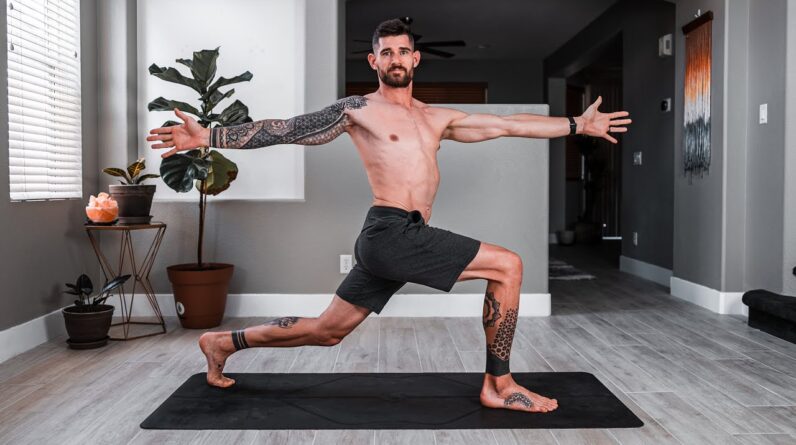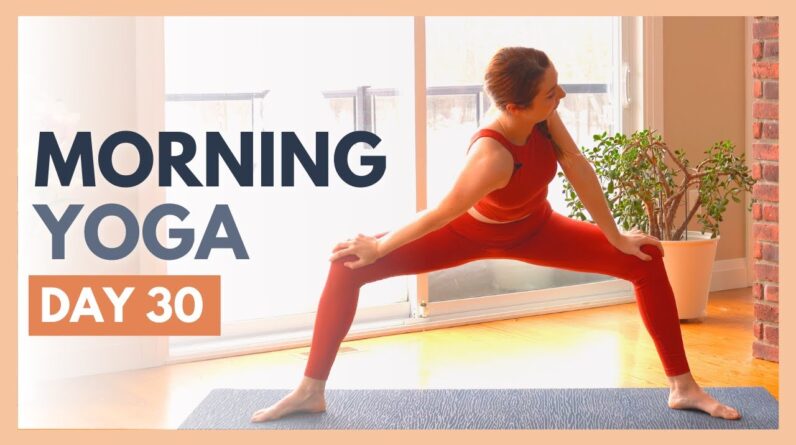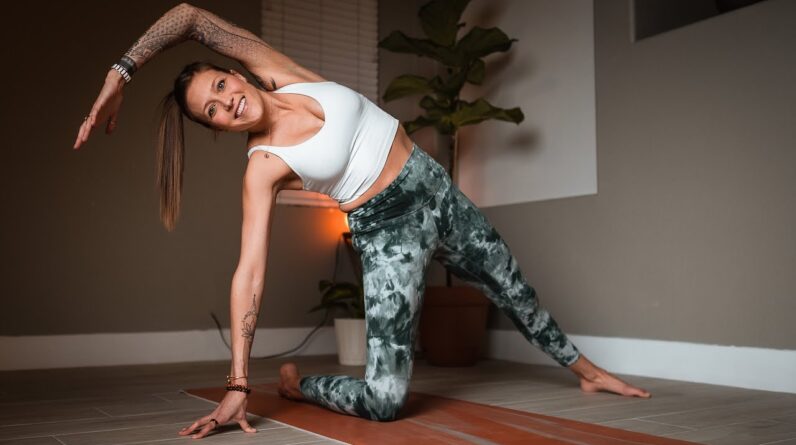Yoga is a popular exercise that is known for its tremendous physical and mental benefits. The practice of yoga can reduce stress, improve flexibility and strength, and enhance overall health and well-being. However, one of the most common misconceptions about yoga is that it is not suitable for people with lower back pain.
If you suffer from lower back pain, you may worry that practicing yoga could exacerbate your symptoms. But the truth is that when done properly, yoga can be a gentle and effective way to manage lower back pain, by providing a range of physical and respiratory benefits that can alleviate discomfort.
Here are some key benefits of yoga for lower back pain:
1. Improves Flexibility
Yoga is an excellent way to improve flexibility, particularly in the joints and muscles of the lower back. By stretching and lengthening these muscles, yoga can help to reduce stiffness and soreness, while improving mobility and preventing further injury.
2. Strengthens Core Muscles
Strong core muscles can help to support and stabilize the lower back, reducing the risk of injury and relieving pain. Yoga movements such as the plank or the boat pose can help to strengthen the muscles around the lower back, leading to better posture and reduced discomfort.
3. Promotes Proper Alignment
Yoga poses focus on proper alignment of the spine and pelvic area. A proper alignment can alleviate lower back pain, improve posture, and even enhance breathing.
4. Reduces Stress
Yoga is a fantastic way to reduce stress and anxiety, both of which can exacerbate lower back pain. By practicing yoga, you can lower your levels of cortisol (the stress hormone), which can help to reduce inflammation in the body and relieve pain.
With these benefits in mind, it’s important to consider a few things when practicing yoga to reduce lower back pain:
1. Seek Professional Guidance
If you’re new to yoga or have chronic lower back pain, it’s important to seek professional guidance from a certified yoga instructor or physical therapist. They can help you avoid movements that may worsen your pain and customize your yoga practice to alleviate your specific needs.
2. Be Gentle
When starting a yoga practice, don’t overdo it. It’s important to listen to your body and modify poses or movements when needed. Yoga should not cause undue pain or discomfort, and you don’t have to perform every pose to reap the benefits.
3. Don’t Ignore Pain
If you experience any pain or discomfort, it’s essential to stop the pose and inform your instructor. They can help you modify the pose or find alternative movements that should be more comfortable and beneficial for your lower back.
4. Focus on Breathing
Breathing deeply during yoga helps to increase the amount of oxygen delivered to the bloodstream, leading to relaxation and release of tension. Focusing on the breath also helps you slow down and be mindful of movements, ensuring that you are not putting unnecessary strain on your lower back.
In conclusion, yoga is an effective exercise to manage lower back pain when done properly. Regular practice of yoga can improve flexibility, strengthen core muscles, promote proper alignment, and reduce stress, leading to better overall physical wellness. If you suffer from lower back pain, seek professional guidance, be gentle, don’t ignore pain, and focus on breathing. With these tips, you’ll be able to enjoy the incredible benefits of yoga for lower back pain.






